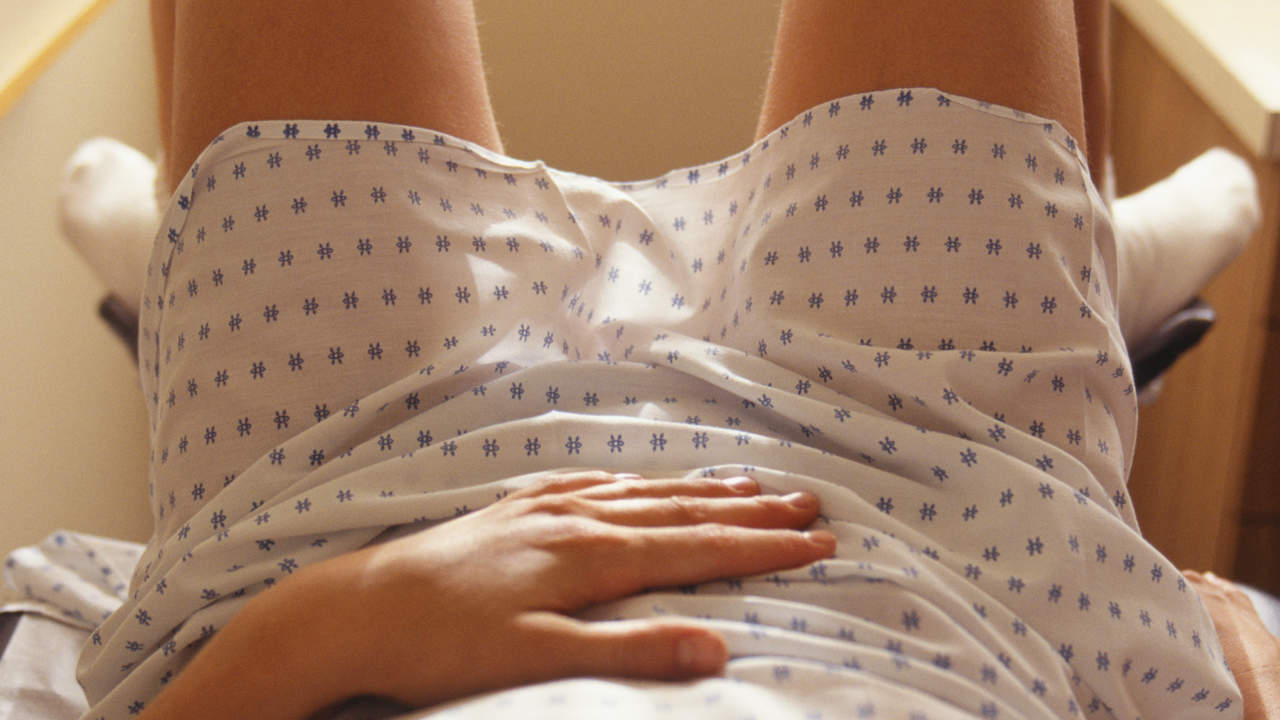Women’s Issue: Experiencing Painful Symptoms After Sex? Read Emily Paige’s Story To Find The Answer

29-year-old Emily Paige experienced painful symptoms after sex. She said each time she had sex, she developed a feverish feeling, an inability to walk or sit comfortably for hours afterward, and swelling in her left labia.
She said the swelling was minor at first, with a small lump that seemed to shrink within a few hours on her left labia.
Relating her experience to Women’s Health, Emily said,
“When I searched online for what might be going on, I discovered a wide array of reasons for swelling after sex, including an allergic reaction to latex, not enough lubrication, or even a urinary tract infection, UTI.
“None of these potential culprits seemed serious enough for major concern. After each subsequent sexual experience, however, the swelling and pain only got more intense, and it took longer and longer for it to subside.”
Emily was 23 years old at the time of her painful experience. She said her boyfriend at the time couldn’t understand what the matter was; nor did she, either. Continuing, she said,
“By September 2014, the swelling had become so extreme that my left labia would expand to four or five times its normal size after sex.
“That’s when I became worried enough to schedule a visit with an ob-gyn. After I shared my symptoms with her, she told me the cause could be ovarian cysts. She gave me an examination and an STI test, both of which revealed no problems.
“Since the swelling would always dissipate, there was nothing for her to diagnose. After I sat back up on the examination table, she said, ‘Emily, there’s nothing there.’
“I knew she had to be wrong. I wondered how long until the next time the swelling would be bad enough that I could reschedule an appointment to convince her I was telling the truth. I wondered if the pain level would be intolerable by that point. She recommended various lubricants to use and sexual positions to avoid, but that was the extent of the advice.
“As time went on, my symptoms persisted and the swelling grew worse. It took months for me to seek out a second opinion, and I’m still not sure why. I suppose it had to do with the fact that both my doctor and my partner so authoritatively dismissed my concerns, not to mention the societal shame around talking about vaginal health issues.
“I told myself that as long as my blood work came back normal during regular physicals, there probably wasn’t a malignant underlying cause that would result in serious health complications.
“So, in order to cope, I limited my sexual activity. When I did have sex, I just braced myself for the pain afterwards and dealt with it quietly.”
SEE ALSO: Common Causes Of Painful Sex And What To Do (Part Two)
She said more than a year after her symptoms first emerged, they became impossible to ignore. Emily shared further:
“During the summer of 2015, I was staying with my best friend after her first pregnancy. At this point, the swelling prevented me from walking too far or sitting in one place for too long. When my best friend saw how limited my mobility was, she called her sister who was a medical school student at the time.
“Over the phone, her sister asked me to imagine my vagina was a clock. If the clitoris was 12 o’clock, then did the swelling happen near the 9 o’clock spot on my labia? ‘Yes,’ I told her. Was the swelling soft or hard? ‘Soft at first, but lately it had grown stretched and taut,’ I said.
“She told me she thought I had a cyst on my Bartholin’s gland and that it had probably become infected, and may need to be drained as soon as possible.
“Though I didn’t look forward to that procedure, I was now equipped with specific language to describe my condition, and that filled me with immense relief and confidence.
“The next day, I scheduled an appointment with a new ob-gyn. Later that week, the doctor confirmed the cyst on my left Bartholin’s gland and told me it had indeed become severely infected. She ruptured and drained it immediately.
“The doctor wasn’t sure what specifically caused my cyst. But as I learned, each side of the labia has a Bartholin’s gland, which helps lubricate the vagina.
“When one of those glands becomes clogged (a common occurrence), fluid can build up inside and form a cyst which can then become infected.
“My cysts continued to return and become infected, so we removed my left gland surgically in December 2015.
“One week after I finished paying off the hospital bills for that procedure, cysts formed on my right gland. That gland was removed surgically in April 2018.
“While this experience has been challenging, I am grateful my cysts were neither chronic nor life-threatening.”
According to Web MD, the Bartholin’s glands are located on each side of the vaginal opening. These glands secrete fluid that helps lubricate the vagina. Web MD notes,
“Sometimes the openings of these glands become obstructed, causing fluid to back up into the gland. The result is relatively painless swelling called a Bartholin’s cyst. If the fluid within the cyst becomes infected, you may develop a collection of pus surrounded by inflamed tissue (abscess).
“A Bartholin’s cyst or abscess is common. Treatment of a Bartholin’s cyst depends on the size of the cyst, how painful the cyst is and whether the cyst is infected.
“Sometimes home treatment is all you need. In other cases, surgical drainage of the Bartholin’s cyst is necessary. If an infection occurs, antibiotics may be helpful to treat the infected Bartholin’s cyst.”
The portal says a small, non-infected Bartholin’s cyst may not be noticeable it. It however counsels that if the cyst grows, the victim might feel a lump or mass near the vaginal opening.
It said although a cyst is usually painless, it can be tender.
“A full-blown infection of a Bartholin’s cyst can occur in a matter of days. If the cyst becomes infected, you may experience a tender, painful lump near the vaginal opening; discomfort while walking or sitting; pain during intercourse and fever.”
If this happens, see your doctor, says Web MD.


